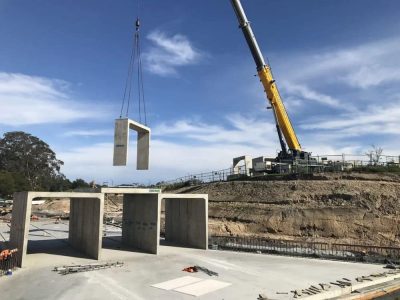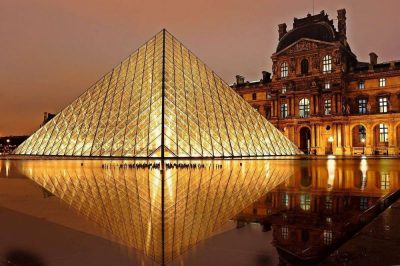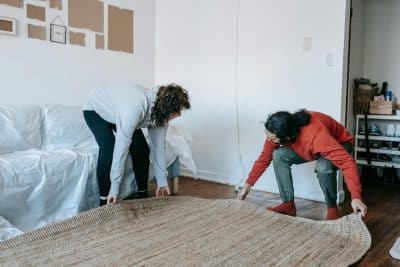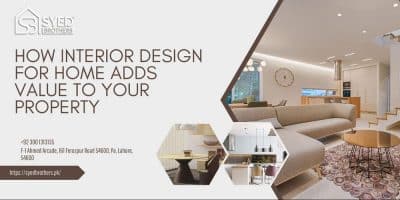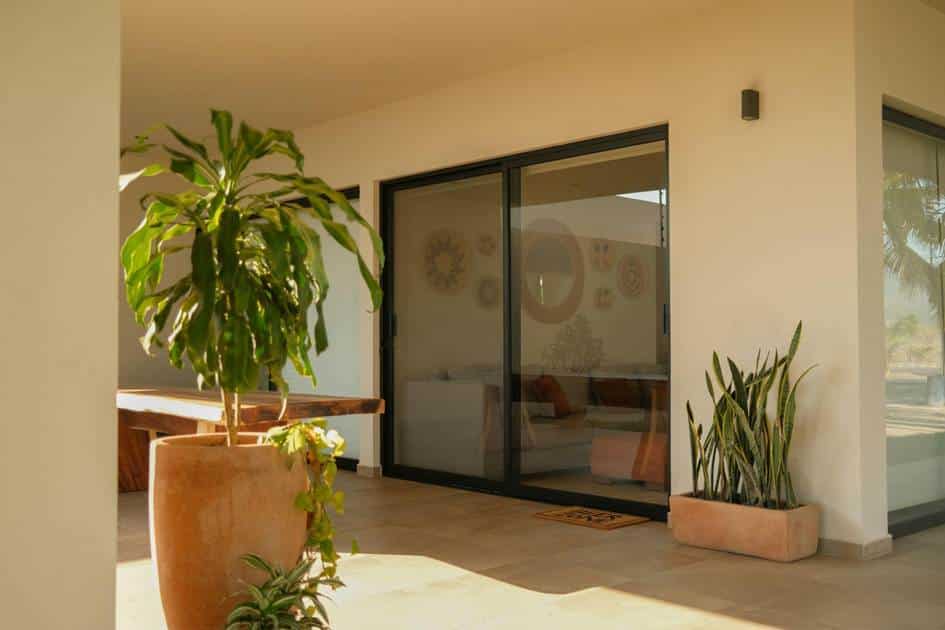
In modern home design, the boundaries between indoors and outdoors are increasingly dissolving. The luxury of stepping effortlessly from a cozy interior space into a beautifully designed outdoor retreat is no longer reserved for high-end resorts. Today, homeowners across the country are transforming their properties into personal sanctuaries that blend interior comfort with the natural world. To achieve this harmonious fusion, many begin by consulting a Frisco hardscaping contractor, ensuring that foundational elements like patios, walkways, and retaining walls are not only functional but aesthetically aligned with the home’s design language.
The Growing Desire for Indoor-Outdoor Integration
Homeowners today value flexibility and connection to nature. Outdoor living spaces serve as extensions of the home—providing dining areas, lounges, work-from-home setups, and even open-air kitchens. These spaces are no longer afterthoughts but integral to daily living, offering both physical and mental benefits.
Architects and designers now prioritize features that enhance the flow between interiors and exteriors. Expansive sliding glass doors, continuous flooring materials, and coordinated color palettes create a sense of unity. This seamless transition not only elevates aesthetics but also increases property value and maximizes usable space.
Hardscape as the Foundation of Seamless Design
Before introducing furnishings, plants, or decor, the structural elements of the outdoor space demand attention. Hardscaping—the design and installation of non-plant elements like stone patios, pathways, retaining walls, and outdoor kitchens—serves as the literal and visual foundation of the outdoor living experience.
Working with a professional hardscaping contractor ensures that materials, elevations, and layouts complement both the architecture and the surrounding environment. For instance, natural stone pavers may echo interior flooring tones, while thoughtfully placed retaining walls can create multi-level outdoor rooms that feel organically connected to the home’s existing structure.
Materials That Unite Interior and Exterior Aesthetics
A successful transition between indoor and outdoor spaces often hinges on material selection. Designers recommend:
- Consistent flooring: Porcelain tiles or treated concrete that mimic interior finishes while offering weather resistance.
- Coordinated color schemes: Neutral tones, natural woods, and muted hues establish visual continuity.
- Complementary textures: Blending smooth surfaces with natural stone or timber accents adds depth without visual dissonance.
Using consistent or complementary materials allows the eye to travel naturally between spaces, making the transition feel intentional rather than abrupt.
The Role of Lighting in Unified Design
Lighting is essential for both functionality and ambiance. Strategically placed outdoor lighting extends the usability of the space into the evening while highlighting architectural features and landscaping elements.
Consider layering different types of lighting:
- Ambient lighting: Soft, diffused light that creates an inviting atmosphere.
- Task lighting: Focused illumination for cooking, dining, or reading.
- Accent lighting: Spotlights or uplights that highlight trees, sculptures, or water features.
Proper lighting design reinforces the continuity between indoor and outdoor spaces, making transitions feel seamless as daylight fades.
Furnishings and Decor: Cohesive Style Across Spaces
Outdoor furniture has evolved significantly, offering both durability and high-end design. Weather-resistant materials such as teak, aluminum, and all-weather wicker ensure longevity while maintaining a sophisticated aesthetic.
Accessories like cushions, rugs, and planters provide opportunities to echo indoor design themes. Soft textiles, coordinated color schemes, and thoughtfully chosen decor can blur the lines between the inside and outside, creating a continuous narrative throughout the home.
Incorporating Nature as a Design Element
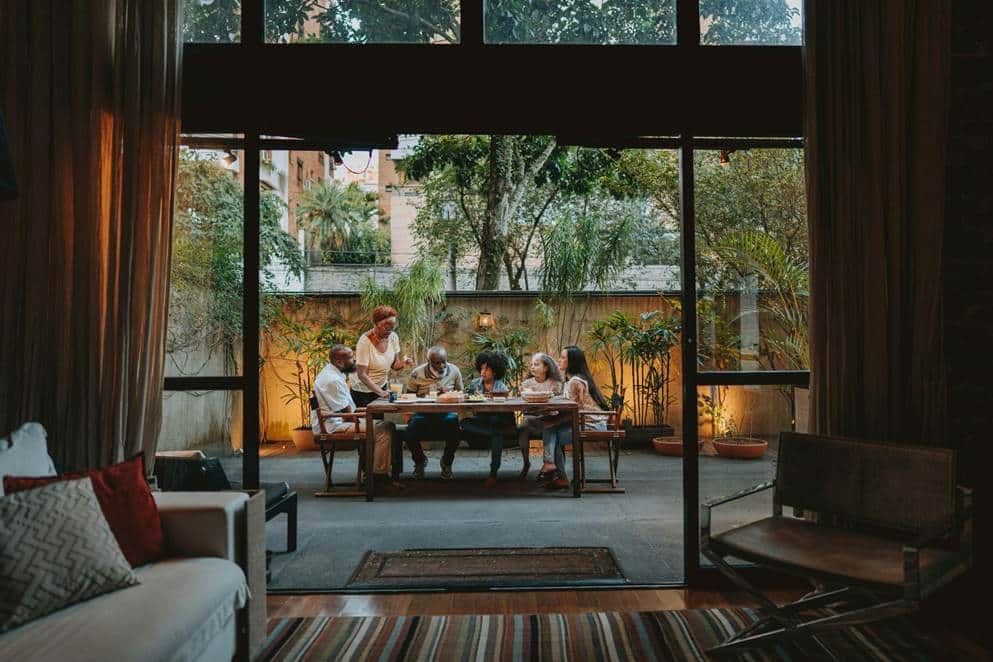
Beyond structural and decorative elements, nature itself plays a pivotal role in indoor-outdoor integration. Plantings that are visible from interior spaces—through large windows or open doors—act as living art, drawing the eye outward.
Native plants, vertical gardens, and water features contribute to a tranquil atmosphere while supporting local ecosystems. Designers often recommend:
- Framing views with tall grasses or flowering shrubs.
- Using planters to bridge patio spaces with garden beds.
- Integrating water features to introduce calming soundscapes.
Technological Innovations for Enhanced Comfort
Modern outdoor living spaces benefit from technology that elevates comfort and convenience:
- Automated shading systems adjust to the sun’s position, providing optimal light and temperature control.
- Outdoor heating solutions, such as radiant heaters or fire pits, extend the usability of the space through cooler seasons.
- Smart irrigation systems maintain healthy landscaping while conserving water.
These innovations ensure that outdoor spaces remain functional and inviting year-round, supporting the seamless lifestyle integration that homeowners desire.
Health and Wellness Benefits of Seamless Transitions
The desire to merge indoor and outdoor spaces isn’t purely aesthetic. Studies by organizations like the UK’s National Health Service (NHS) highlight the mental and physical benefits of spending time in natural settings. Exposure to fresh air, natural light, and greenery has been linked to reduced stress, improved mood, and enhanced cognitive function.
By designing homes that encourage daily interaction with the outdoors, homeowners invest not only in property value but also in long-term well-being.
Blending indoor comfort with outdoor living requires thoughtful planning, careful material selection, and expert execution. From hardscaping foundations to finishing details, every element contributes to a seamless transition that enhances both functionality and beauty. Inspired by the elegance of Mayfair-style design principles, today’s discerning homeowners can craft outdoor living spaces that serve as true extensions of their interior sanctuaries—spaces where comfort, nature, and design exist in perfect harmony.

